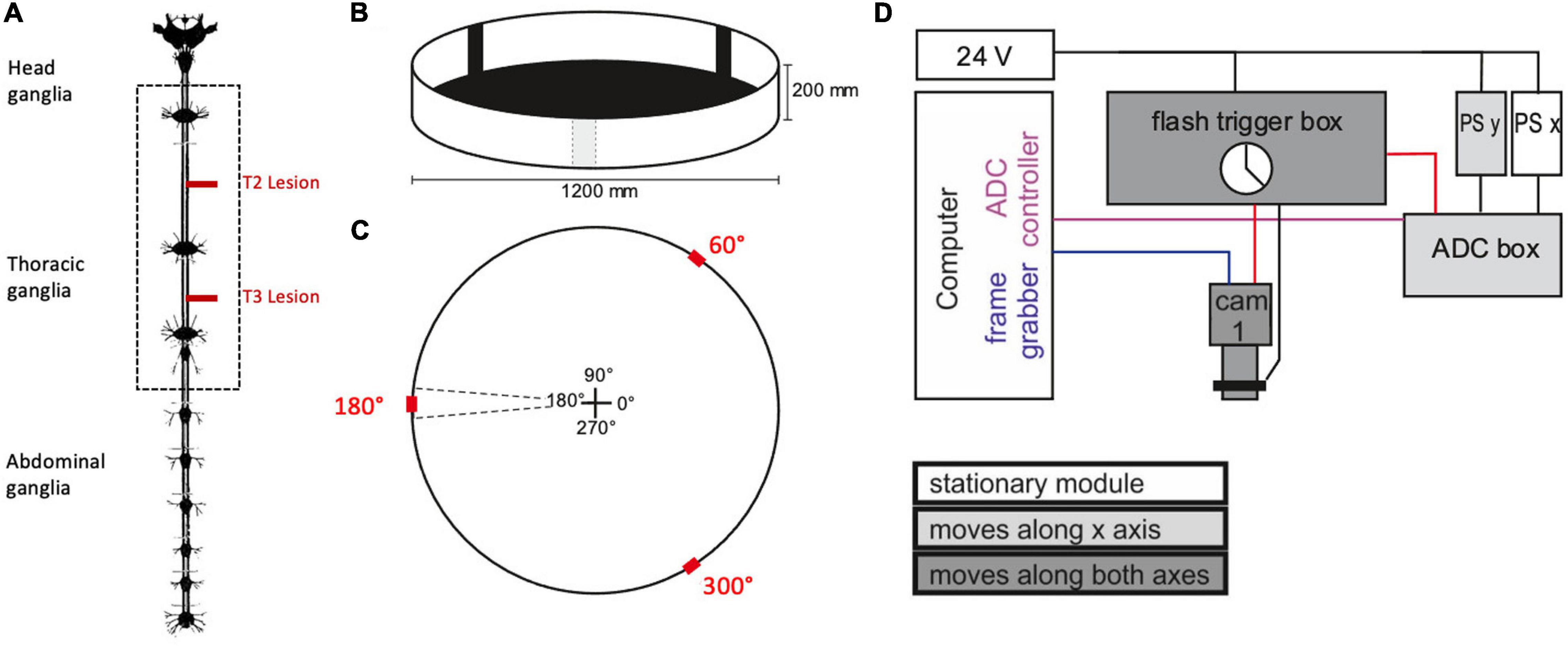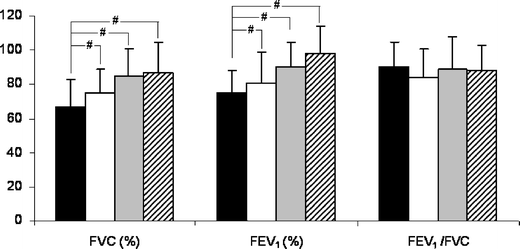


TMPAP contains an N-terminal phosphatase activity domain which is extracellular when TMPAP is in the plasma membrane and intra-luminal when it is trafficking in vesicles, and a C-terminal domain with a cytosolic tyrosine-based endosomal-lysosomal (including MVE) targeting signal motif (YxxΦ). TMPAP is a type 1 transmembrane protein with 5′ectonucleotidase activity and is also widely expressed in non-prostatic tissues in both sexes. There are two isoforms of prostatic acid phosphatase enzyme: secretory (sPAP) and transmembrane (TMPAP), splice variants encoded by the same gene ( ACPP).


The funders had no role in study design, data collection and analysis, decision to publish, or preparation of the manuscript.Ĭompeting interests: The authors have declared that no competing interests exist. Vihko), and The Sigrid Jusélius Foundation,, (to Prof. This is an open-access article distributed under the terms of the Creative Commons Attribution License, which permits unrestricted use, distribution, and reproduction in any medium, provided the original author and source are credited.įunding: This work was supported by grants from The Academy of Finland,, (grant no. Received: FebruAccepted: ApPublished: May 20, 2014Ĭopyright: © 2014 Nousiainen et al. PLoS ONE 9(5):Įditor: Anna-Leena Sirén, University of Wuerzburg, Germany (2014) Mice Deficient in Transmembrane Prostatic Acid Phosphatase Display Increased GABAergic Transmission and Neurological Alterations. We have previously shown TMPAP to reside in prostatic exosomes and we propose that TMPAP is involved in the control of GABAergic tone in the brain also through exocytosis, and that PAP deficiency produces a distinct neurological phenotype.Ĭitation: Nousiainen HO, Quintero IB, Myöhänen TT, Voikar V, Mijatovic J, Segerstråle M, et al. TMPAP in the mouse brain is localized presynaptically, and colocalized with SNARE-associated protein snapin, a protein involved in synaptic vesicle docking and fusion, and PAP-deficient mice display altered subcellular distribution of snapin. In addition to increased anxiety, disturbed prepulse inhibition, increased synthesis of striatal dopamine, and augmented response to amphetamine, PAP-deficient mice have enlarged lateral ventricles, reduced diazepam-induced loss of righting reflex, and increased GABAergic tone in the hippocampus. Here we report that TMPAP is expressed in a subpopulation of cerebral GABAergic neurons, and mice deficient in TMPAP show multiple behavioral and neurochemical features linked to hyperdopaminergic dysregulation and altered GABAergic transmission. We studied expression and function of TMPAP (the transmembrane isoform of PAP) in the brain by utilizing mice deficient in TMPAP (PAP −/− mice). Prostatic acid phosphatase (PAP), the first diagnostic marker and present therapeutic target for prostate cancer, modulates nociception at the dorsal root ganglia (DRG), but its function in the central nervous system has remained unknown.


 0 kommentar(er)
0 kommentar(er)
